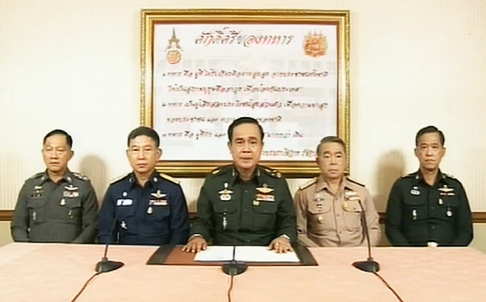Over the past few months we have worked on regularly updating our irregular leadership change models and forecasts in order to provide monthly 6-month ahead forecasts of the probability of irregular leadership change in a large number of countries–but excluding the US–worldwide. Part of that effort has been the occasional glance back at our previous predictions, and particularly more in-depth examinations for notable cases that we missed or got right, to see whether we can improve our modeling as a result. This note is one of these glances back: a postmortem of our Yemen predictions for the first half of 2015.
To provide some background, the ILC forecasts are generated from an ensemble of seven thematic1 split-population duration models. For more details on how this works or what irregular leadership changes are and how we code them, take a look at our R&P paper or this longer arXiv writeup.
We made a couple of changes this year, notably adding data for the 1990’s, which in turn cascaded into more changes because of the variation in ICEWS event data volume. This delayed things a bit, but eventually we were able to generate new forecasts for the time period from January to June 2015, using data up to December 2014. Here were the top predictions:
| Country | 6-month Prob. |
|---|---|
| Burkina Faso | 0.058 |
| Egypt | 0.055 |
| Ukraine | 0.044 |
| India | 0.038 |
| Somalia | 0.038 |
| Afghanistan | 0.035 |
| Nigeria | 0.030 |



